I've been in the process of restoring a jukebox. Recently I figured out that the junction box, which holds quite a bit of resistors fuses and capacitors, has three large capacitors from the 60-ies... Needless to say they have to be replaced with more recent ones.
They are:
- 50 WVDC 100 MFD wurlitzer part no. 73862
- 50 VDC 500 MFD wurlitzer part no. 71816
- 400 VDC 0.5 MFD wurlitzer part no. 73099-140
This replacement thing however has prooven to be quite the challenge.
I have bought the replacement capacitors which are on their way, however I overlooked an important bit... According to the schematic drawing (see attachment below) only one capacitor has to be polarized, the other two simply have the icon for capacitor with their respective values.
Yet two (possibly three) capacitors that are currently inside the jukebox are polarized, and I bought the replacements based upon their values.
- The 50 WVDC 100 MFD (paper), also has plus signs next to the word AMCON,
- The 50 VDC 500 MFD (yellow), carries plus signs, and a ribbon,
- The 400 V 0.5mfd (wax) has a ribbon, I assume this is negative.
Any thoughts on polarity, replacements and my original question if polarized caps can be used in these locations, are very welcome :)
I've attached a complete schematic and pictures of the current caps in place below:
Currently the 50 WVDC 100 MFD cap that is in place looks like this:
Currently the 50 VDC 500 MFD cap that is in place looks like this:
Currently the 400 VDC 0.5 MFD cap that is in place looks like this:






